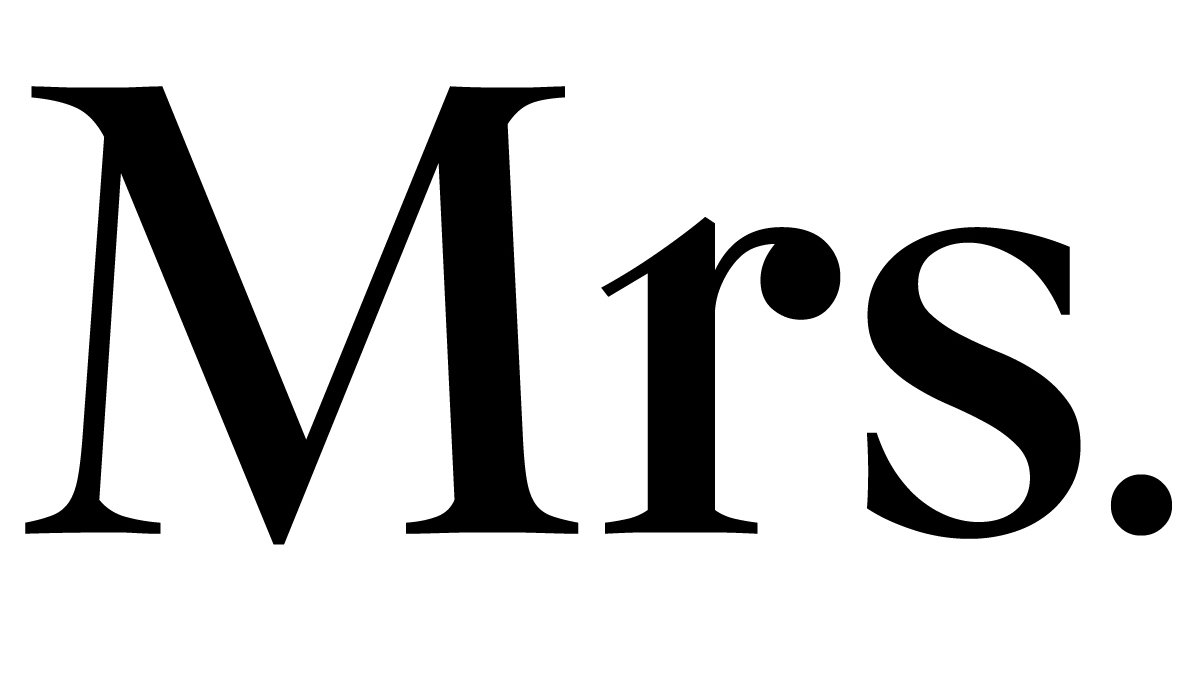CAKE HOLE
in collaboration with Doppelgänger Projects
Jen Catron and Paul Outlaw, Robert Chamberlin, Caroline Wells Chandler, Jennifer Coates, Will Cotton, Gary Komarin, Aubrey Levinthal, Tracy Miller, Walter Robinson, Amy Stevens, Wayne Thiebaud and Mie Yim
February 11 - April 1, 2017
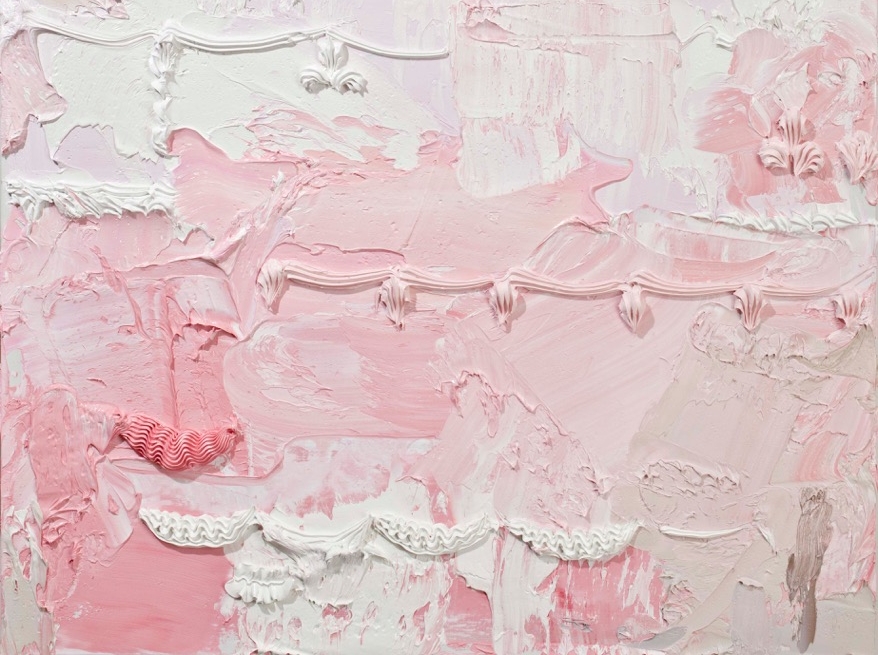
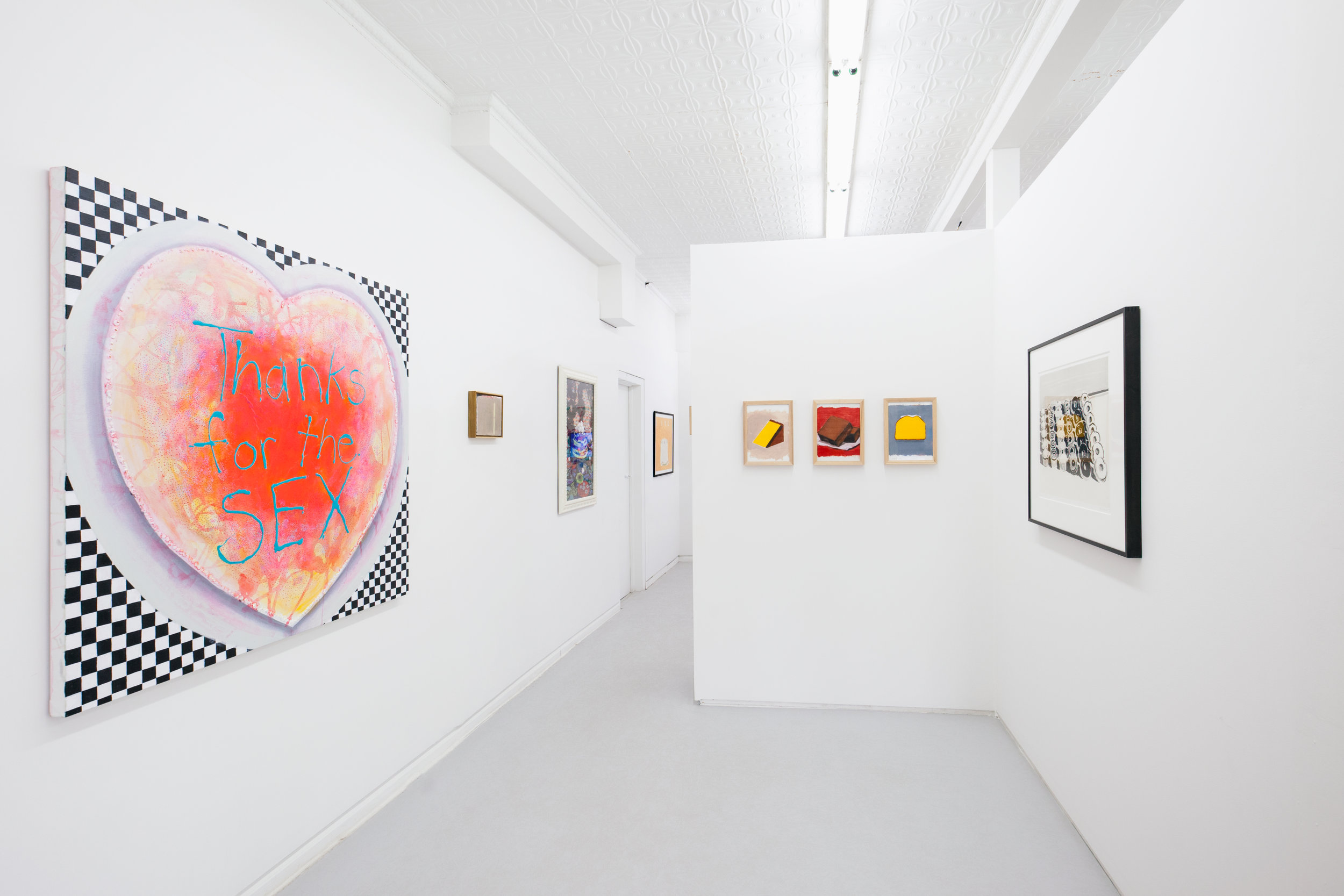
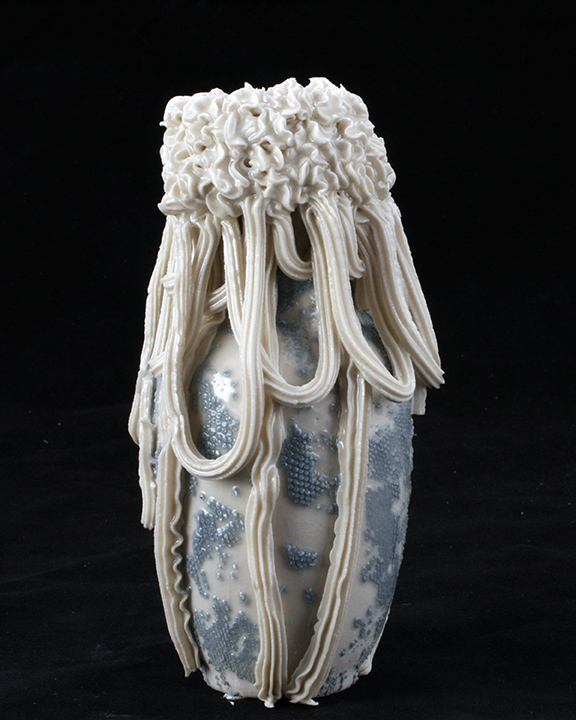

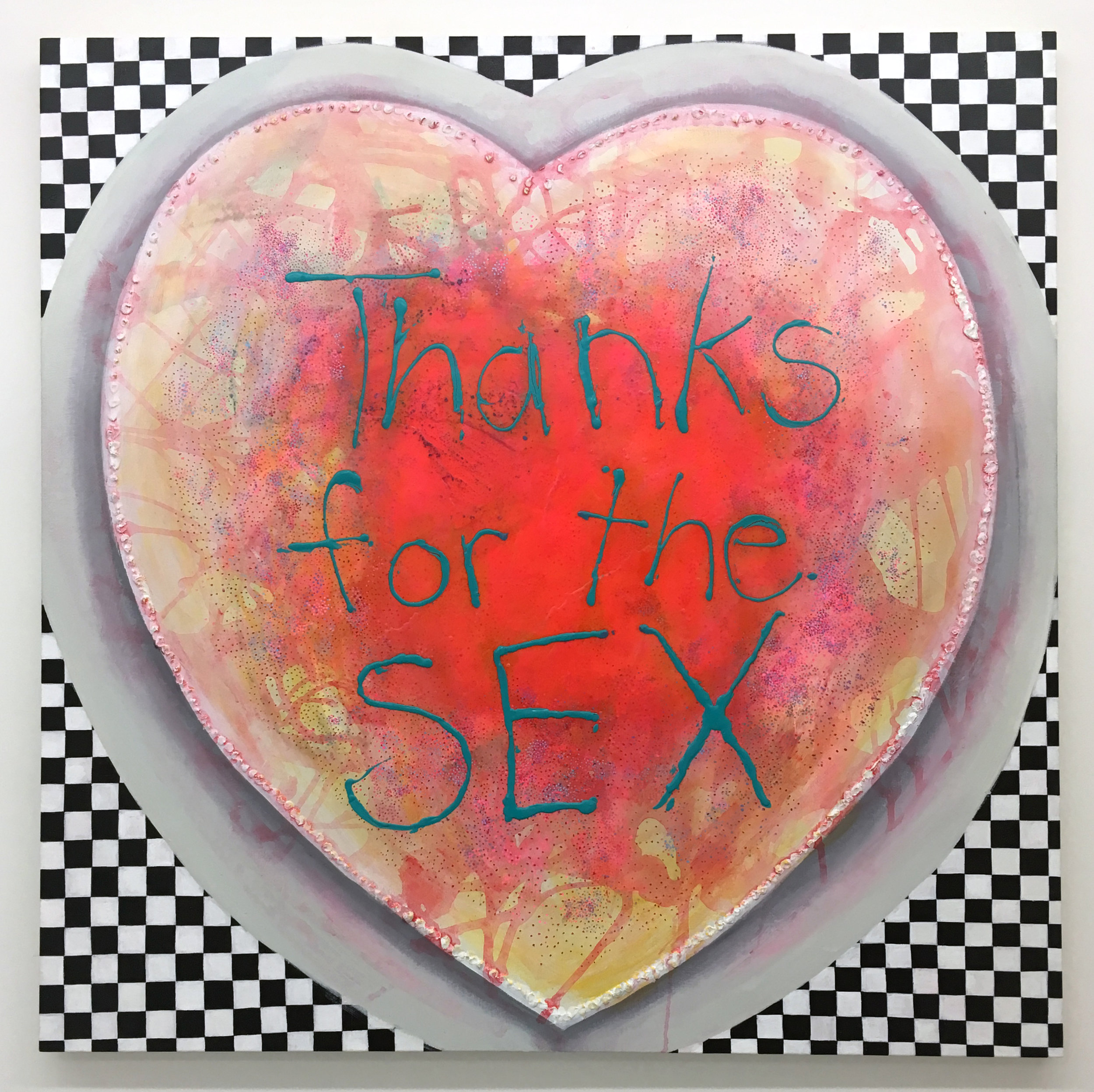
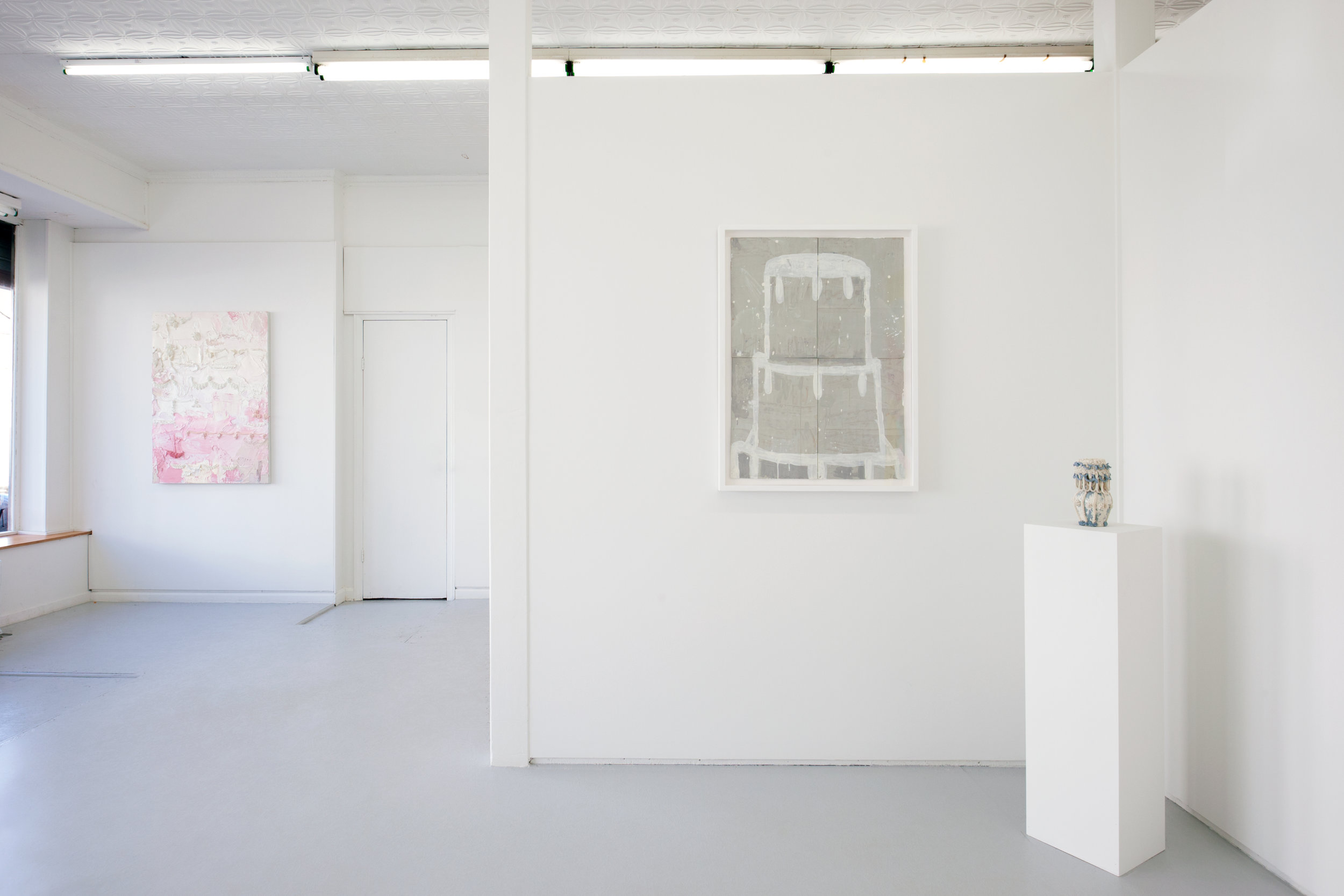
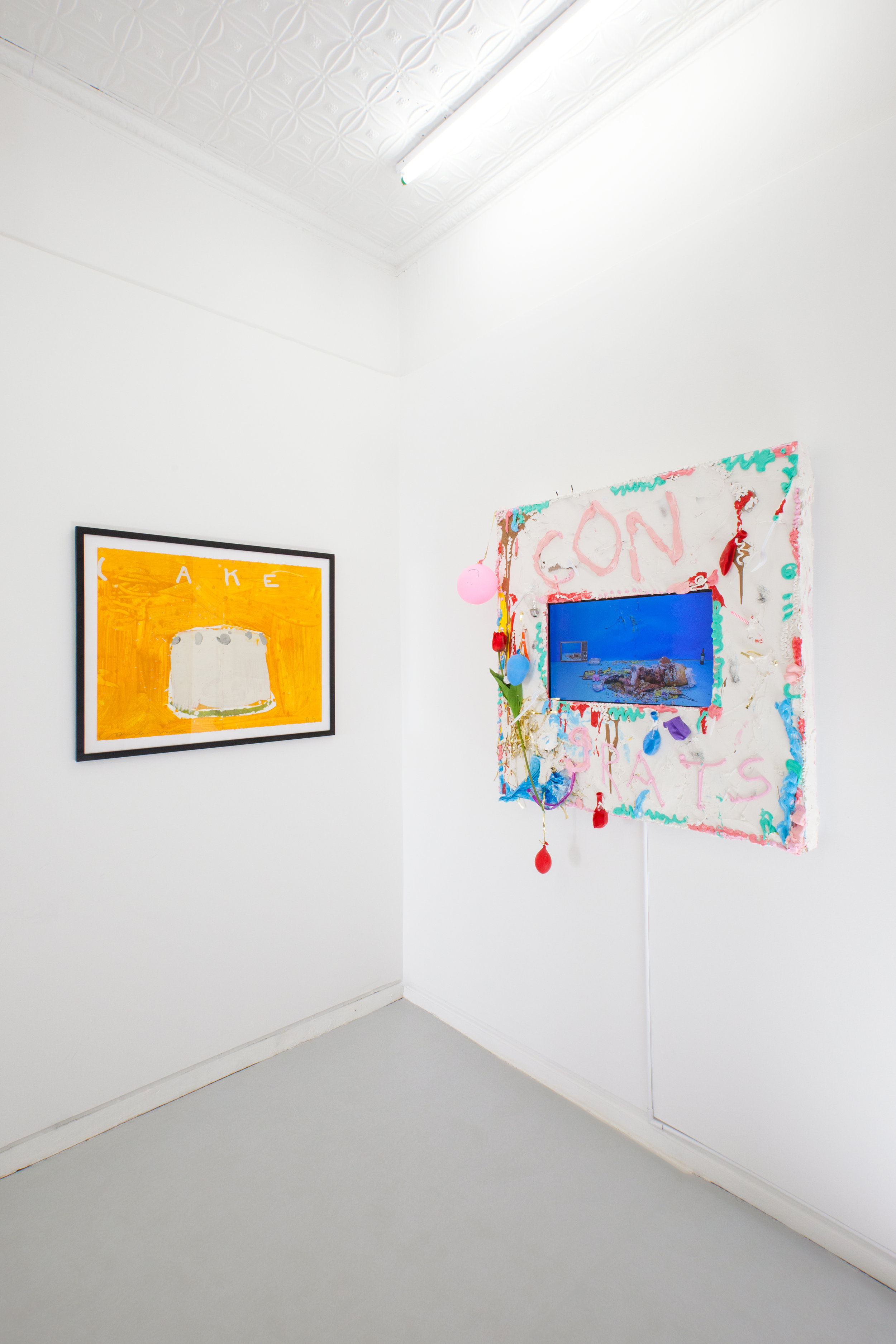
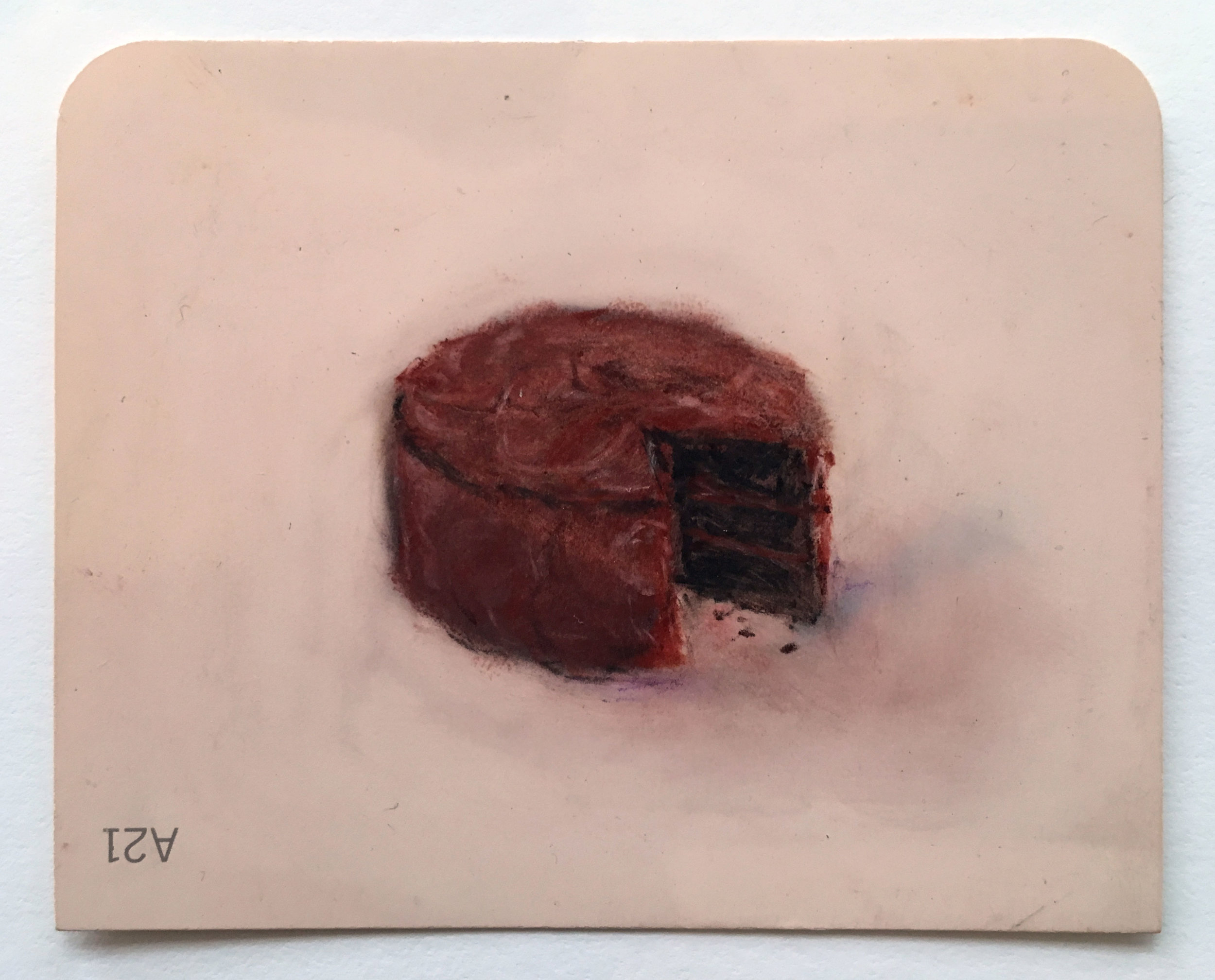

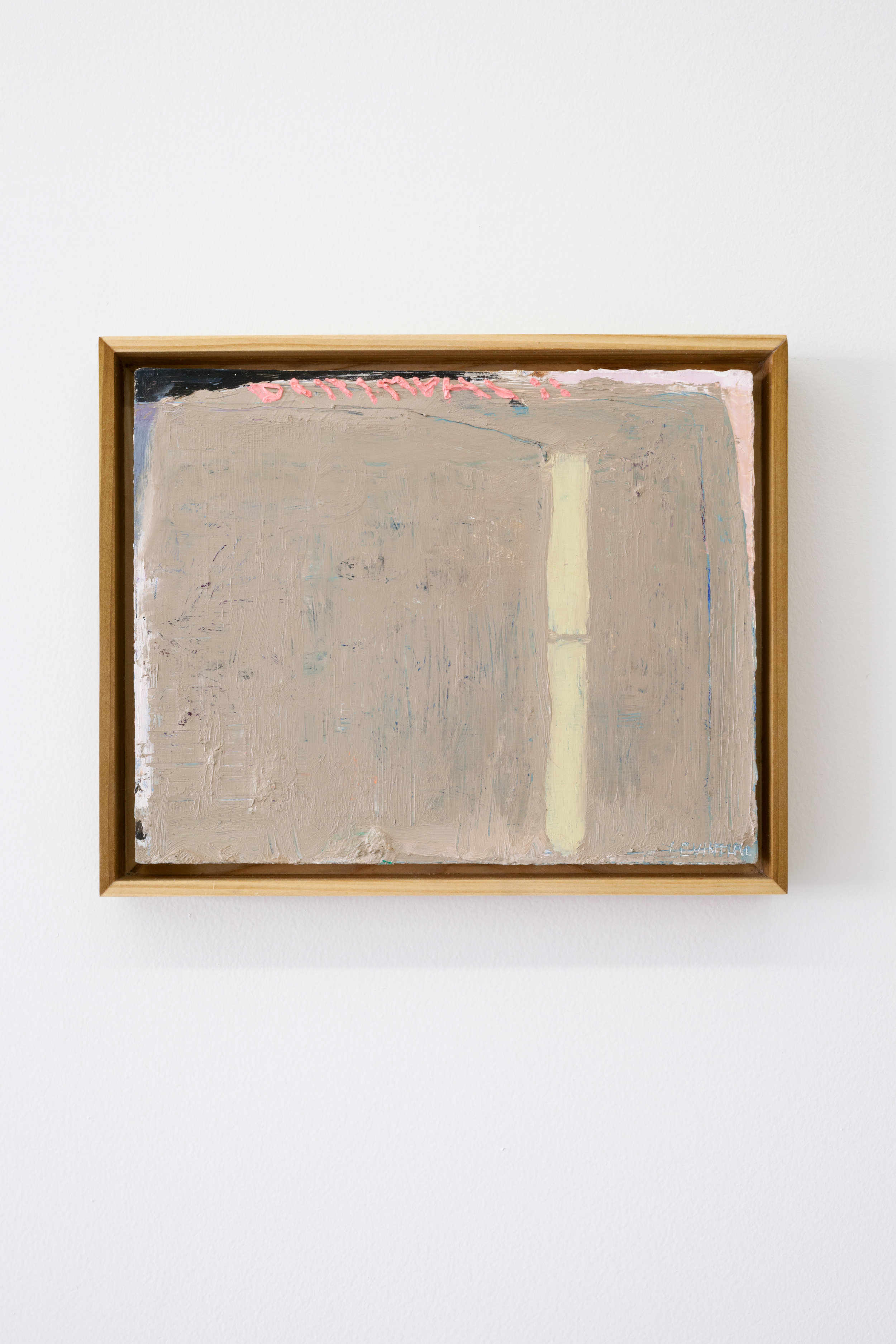

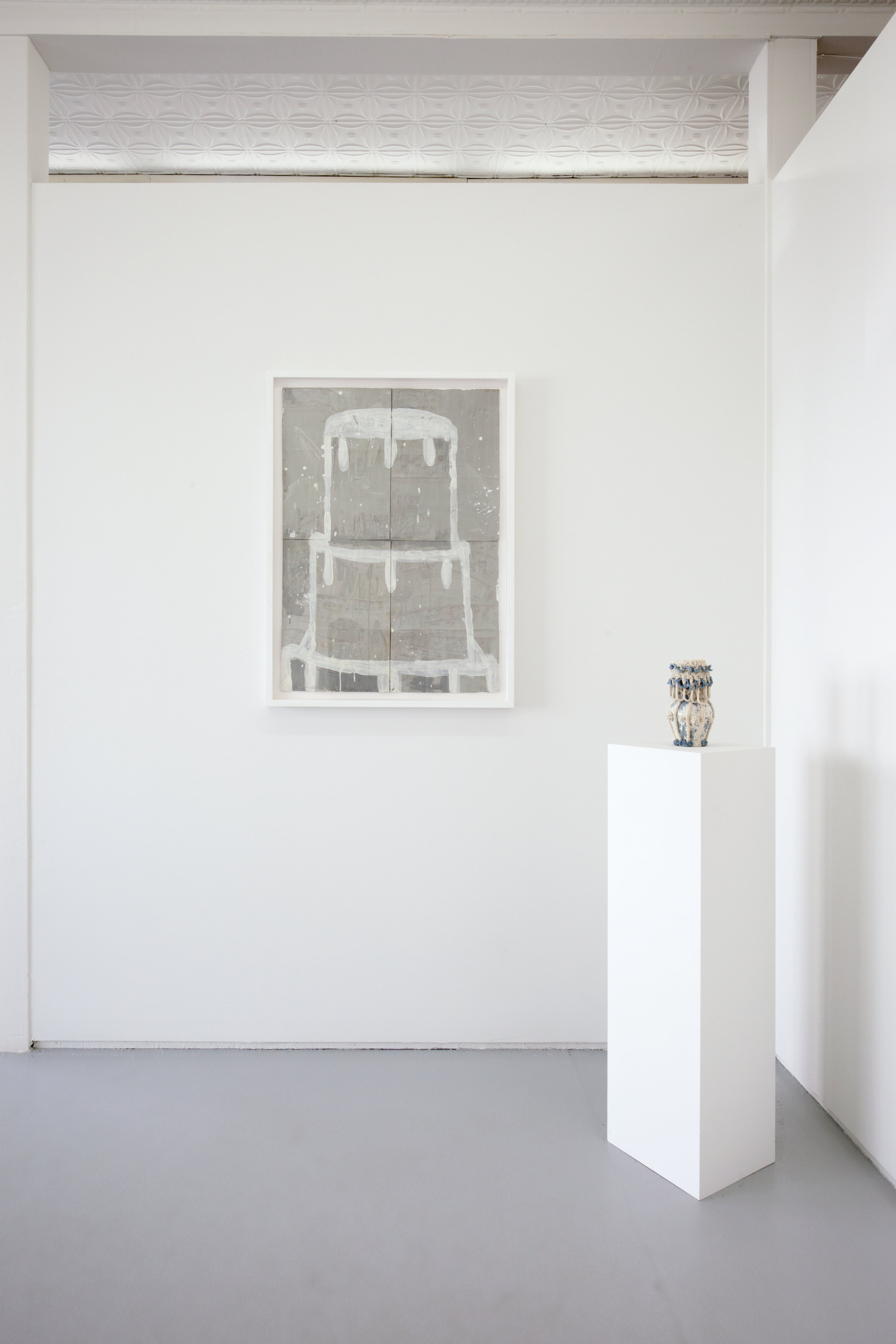
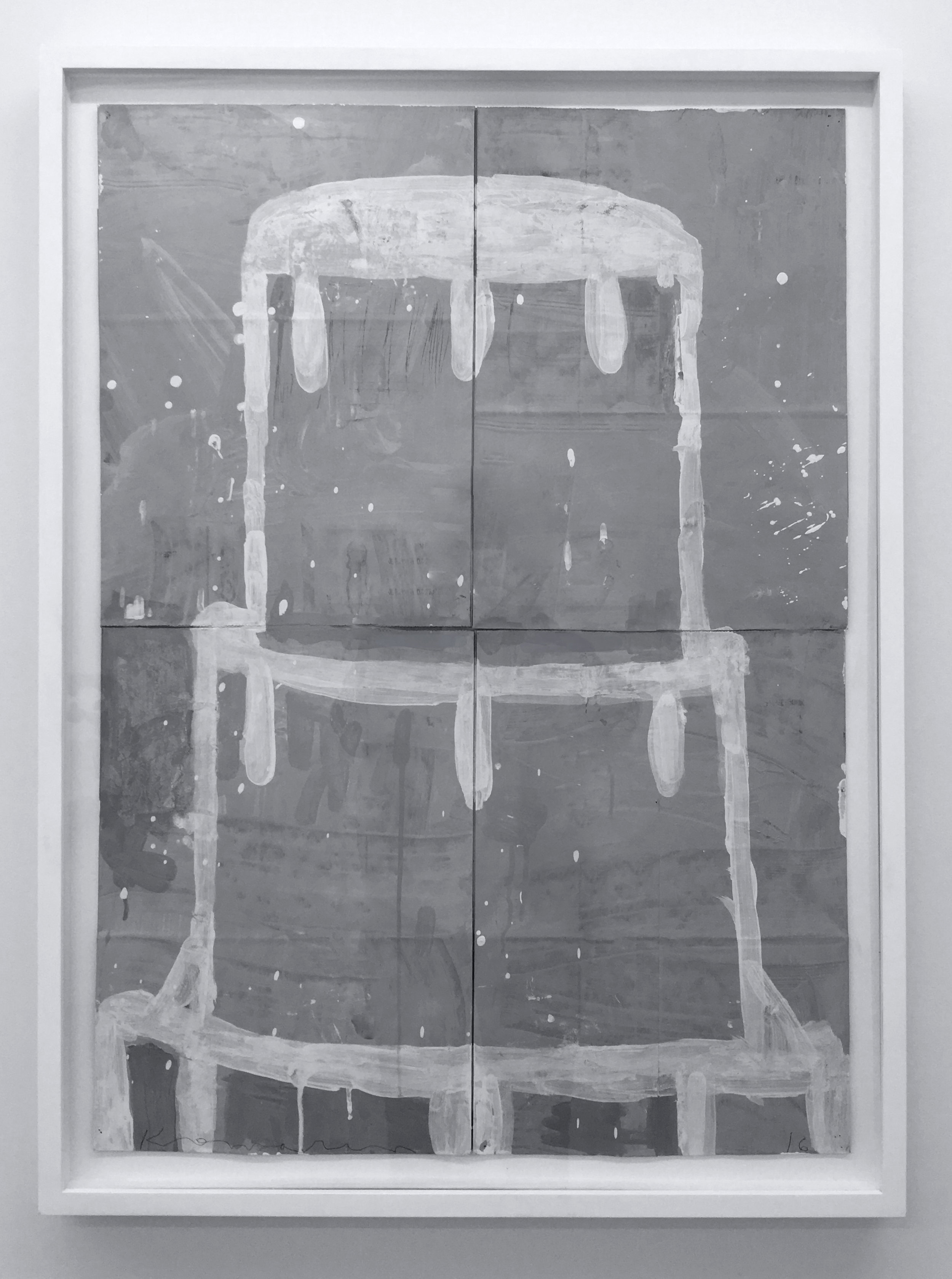

Press Release
Mrs. is excited to present Cake Hole, a group exhibition in collaboration with Doppelgänger Projects opening February 11 - April 1, 2017; including works by Jen Catron and Paul Outlaw, Robert Chamberlin, Caroline Wells Chandler, Jennifer Coates, Will Cotton, Gary Komarin, Aubrey Levinthal, Tracy Miller, Walter Robinson, Amy Stevens, Wayne Thiebaud and Mie Yim.
"The cake is for celebration, success, remembrance. The cake is for the day you were born, first and foremost. The cake can also commemorate the day you married your favorite person, the one who will hurt you worse than anyone else in your life (besides your mother). The cake is smeared on your face, its crumbs sully your smile, its frosting corrodes your teeth. The layers interspersed with goo are a sculpture for your mouth to dismantle with chewing and swallowing. The digestive apparatus is an art critic writing a terrible review that ends in the toilet. But first, where does cake come from?
Ancient Egyptians made breads sweetened with honey. The Greeks had a form of cheesecake and the Romans developed early versions of fruitcakes which migrated through time and space to 14th century Britain. Chaucer writes about enormous cakes made for special occasions. The word cake was brought to England by Viking invaders, derived from the Old Norse “kaka.” The marauding Vikings also brought the words knife and death. Here is your dessert now let me stab you.
Cakes were originally decorated for displays at parties held by European aristocracy as far back as the 17th century. In 19th century France, decorated cakes became available for everyone. After World War II, American companies tried to sell cake mix to women who were transitioning from the wartime workforce back into the home. Apparently, women found it too depressingly convenient to just add water to a pile of powder, so marketing psychologists determined that adding an egg might make them feel they were doing just enough for their families while also symbolically offering their fertility to hard working husbands.
The round shape of the cake connects to the sun and moon and annual cycles - ancient people offered them to the gods and spirits who exercised powers at certain times of the year. But what of the piling, the layering of the cakes? What is the origin of this confectionery architecture? The impulse to pile can be traced to the stone cairn. Humans have been piling rocks since Paleolithic times to use as burial monuments, for ceremonial and astronomical purposes, to mark trails. This need to stack and layer is deep. When you eat cake you are communing with celestial beings, you are merging with your ancestors, you are exerting magical manipulations on the cosmos. When you enter the cake hole, you emerge fresh, new and holy."
-Text by Jennifer Coates
Press
Digging into the History of Cake at Mrs. Gallery
Benjamin Sutton, Hyperallergic
This Week’s Must-See Art Events: Have Your Cake & Smash It Too,
Michael Anthony Farley, Art F City
